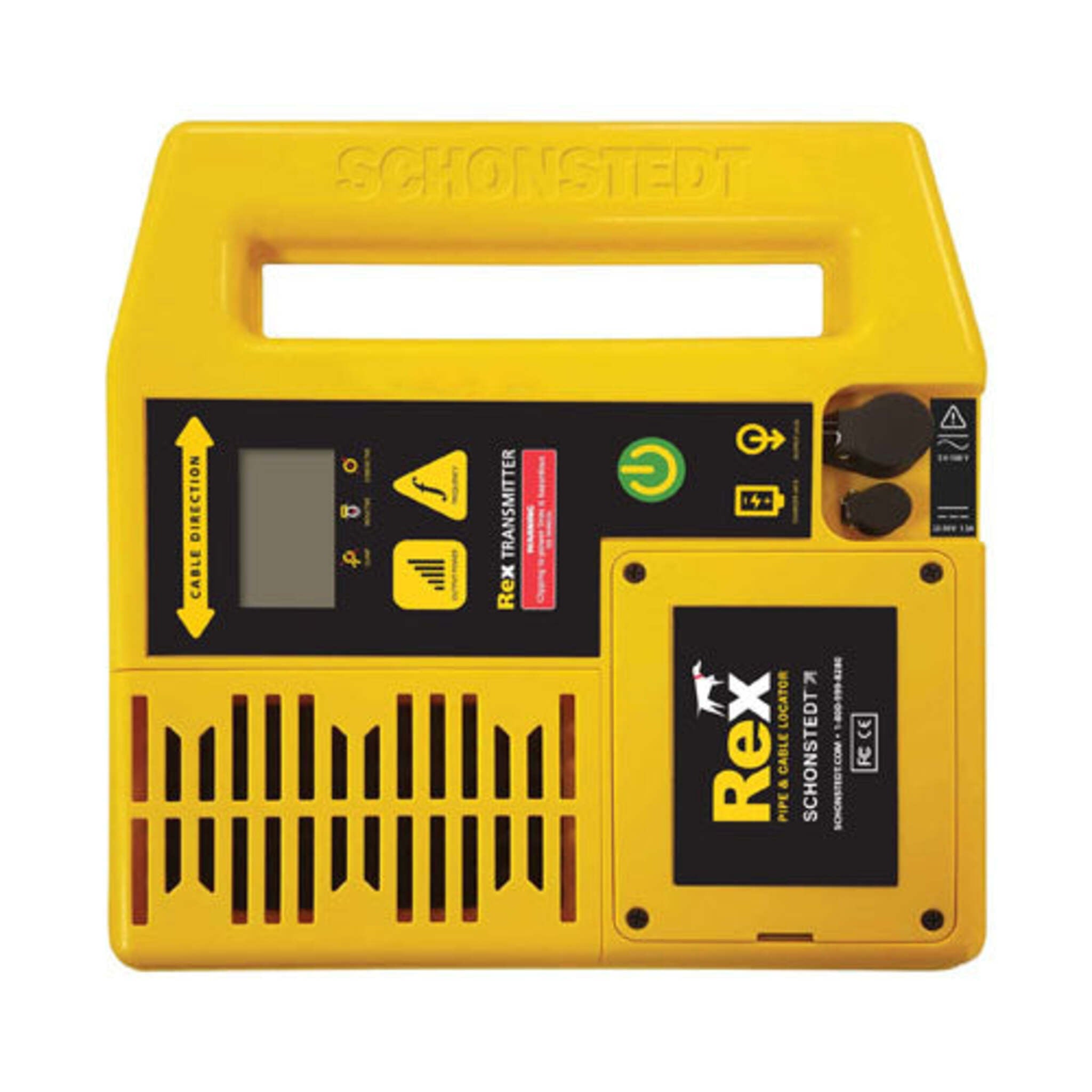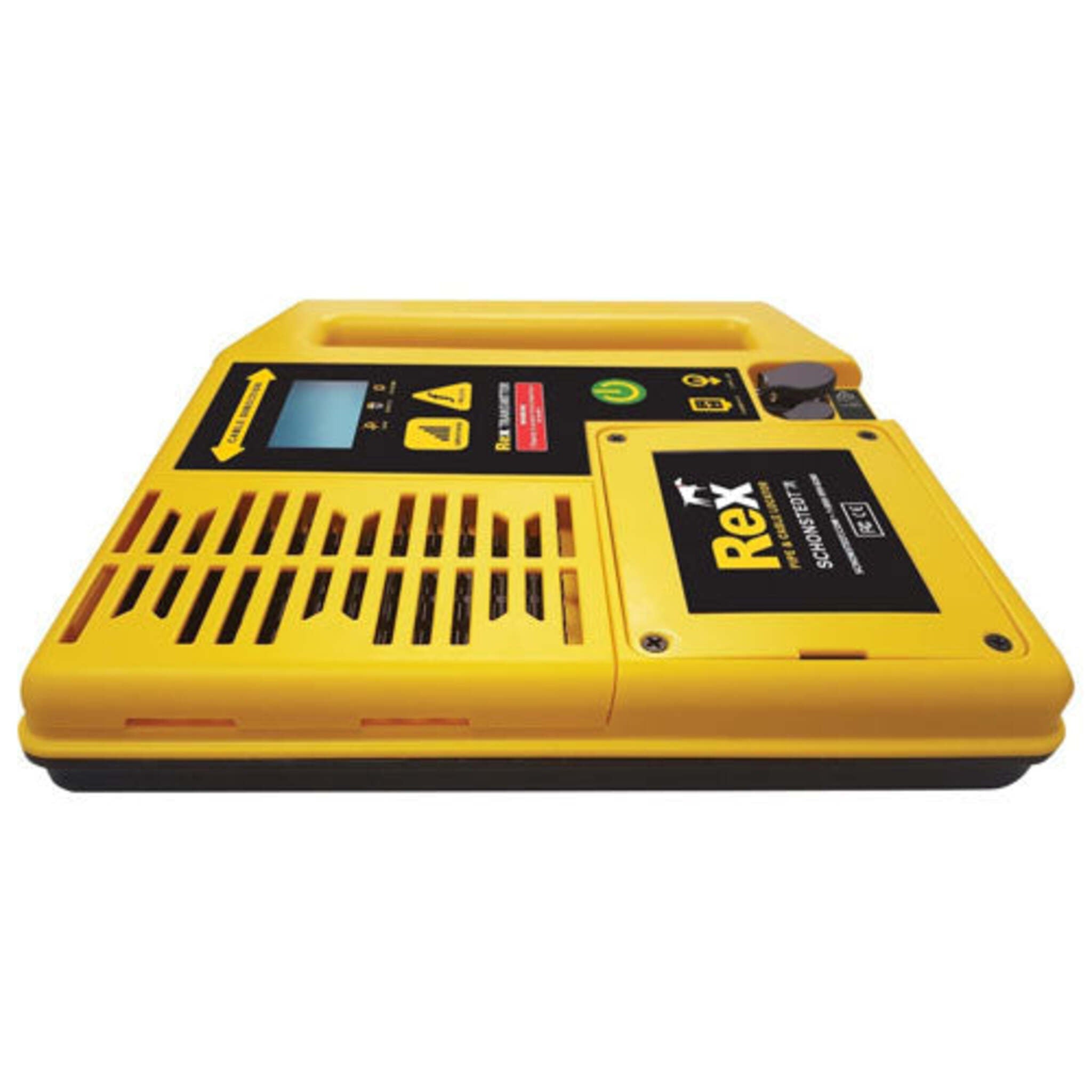Categories
- Shop All (5589)
-
-
- Hi-Vis Chainsaw Safety (14)
- Hi-Vis Coveralls and Overalls (25)
- Hi-Vis Hoodies and Shirts (49)
- Hi-Vis Jackets (35)
- Hi-Vis Pants (21)
- Hi-Vis Rain Wear (47)
- Hi-Vis Vests (51)
- Winter Hi-Vis Bombers and Parkas (26)
- Winter Hi-Vis Coveralls and Overalls (22)
- Winter Hi-Vis Hoodies (4)
- Winter Hi-Vis Pants (3)
- Winter Hi-Vis Vests (6)
-
- Bib Overalls (10)
- Bombers and Parkas (16)
- Coveralls and Overalls (18)
- Disposable Garments (12)
- Flannel and Plaid Work Shirts (20)
- Heated Work Wear (7)
- Hoodies and Sweaters (11)
- Industrial Rainwear (49)
- Pants and Shorts (60)
- Shirts and Sweaters (33)
- Thermal Underwear (36)
- Vests (17)
- Work Jackets (74)
-
-
-
-
- Brooms (2)
- Dust Mops (0)
- Dust Pans and Brushes (4)
- Flow Thru Tools (2)
- Microfiber Mops (0)
- Pool and Tank Tools (2)
- Scrubbers and Scrapers (1)
- Soap and Sanitizer Dispensers (0)
- Sprayers (1)
- Squeegees (1)
- Toilet Brushes and Plungers (3)
- Trash Cans & Bags (8)
- Wet Floor Signs (0)
- Wet Mops and Buckets (4)
-
- Bars and Prying Tools (21)
- Bolt Cutters and Shears (17)
- Chisels and Punches (9)
- Combination Hand Tool Sets (12)
- Extractors (13)
- Files (6)
- Gear Pullers (14)
- Hammers and Mallets (14)
- Hand Saws (22)
- Hex Keys (12)
- Layout and Distance Lasers (1)
- Marking Tools (1)
- Measuring Tools (26)
- Pliers (56)
- Precision Measuring and Testing Tools (24)
- Propane Torches (8)
- Screwdrivers and Nutdrivers (22)
- Sockets (66)
- Tap and Die Sets (11)
- Tool Boxes (27)
- Utility Knives (14)
- VDE Tools (7)
- Wire Cutters and Strippers (14)
- Wrenches (22)
-
- Beveling and Deburring (17)
- Curb and Valve Keys (20)
- Drilling and Tapping (12)
- Extended Impact Sockets (3)
- Flaring and Rerounding (7)
- General Pipe Working Tools (23)
- Guillotine Pipe Cutters (2)
- Hydrostatic Test Pumps (12)
- Internal Pipe Cutters (6)
- Manhole Testing (4)
- PE Peelers (8)
- Pipe Reamers (4)
- Pipe Threading (17)
- Pipe Wrenches (24)
- Plastic Pipe Joint Kits (4)
- Plastic Pipe Saws (5)
- Power Drive (13)
- Quick Release Cutters (15)
- Ratchet Shears (9)
- Ratcheting Wrenches (12)
- Rotary Cutters (3)
- Shut Off Tools (9)
- Soldering Torches (3)
- Vises (7)
-
- Angle Grinders (6)
- Batteries and Chargers (18)
- Bench Grinders (7)
- Circular Saws (3)
- Combo Tool Kits (10)
- Cordless Fans (6)
- Cordless Lighting (15)
- Cut Off Saws (4)
- Drills and Drivers (8)
- Grease Guns (3)
- Impact Drivers (5)
- Jobsite Radios and Speakers (8)
- Lifestyle (7)
- Mitre Saws (2)
- Reciprocating Saws (4)
-
- Angle Grinder Wheels and Brushes (23)
- Bench Grinder Wheels (7)
- Circular Saw Blades (11)
- Drill and Driver Bits (26)
- High Speed Gas Saw Blades (3)
- Holesaws (11)
- Impact Sockets (25)
- Jig Saw Blades (2)
- Oscillating Multi Tool Blades (1)
- Portable Chop Saw Blades (4)
- Power Tool Storage (5)
- Reciprocating Saw Blades (8)
-
-
-
-
- Air Fresheners (2)
- All Purpose Cleaners (19)
- Bowl and Washroom (8)
- Coffee and Breakroom (19)
- Degreasers (3)
- Dishwashing (4)
- Disinfectants and Sanitizers (1)
- Drain Openers (7)
- Hand Cleaners (10)
- Laundry Cleaners (10)
- Paper Products and Wiper Rags (24)
- Scale Removers (4)
- Urinal Pucks and Liquids (5)
- Wet Wipes (2)
-
-
- Ball Valves (13)
- Black and Galvanized Steel Fittings (16)
- Bronze Pipe Fittings and Nipples (13)
- Butterfly Valves (4)
- Check Valves (18)
- Flexible Connectors (4)
- Gate and Globe Valves (5)
- Knife Gate Valves (9)
- Pipe Fitting Accessories (4)
- Schedule 80 PVC Fittings (27)
- Stainless Steel Fittings and Valves (24)
- Victaulic Grooved Fittings (23)


Pipe & Cable Locators
8 products
Showing 1 - 8 of 8 products


Understanding Pipe & Cable Locators
Pipe and cable locators are essential tools in construction, excavation, and maintenance projects, enabling professionals to detect and map underground utilities with precision. By accurately identifying the location of buried infrastructure, these devices help prevent accidental damage that could lead to costly repairs or service disruptions. Their use enhances workplace safety by minimizing risks associated with striking hidden pipes or cables during digging operations. Additionally, pipe inspection and locators improve overall project efficiency by reducing delays and ensuring compliance with safety regulations.
What Are the Different Locating Methods?
1. Direct Connection
The transmitter is physically connected to the utility using clamps or connectors.
This method provides a strong signal, ensuring accurate detection of metallic utilities like pipes and cables.
2. Induction Method
Used when a direct connection is not possible.
The transmitter induces a signal onto the utility without physical contact.
Effective for detecting plastic conduits or deeply buried utilities, though with a limited range.
3. Passive Mode
Detects naturally occurring signals from utilities such as power lines.
No transmitter is required, but this method is less precise than active detection.
4. Active Mode
A specific signal is applied to the utility for precise detection.
The frequency and signal strength can be controlled for enhanced accuracy.
Explore the Schonstedt u-LOCATE+ Pipe & Cable Locator at Our Canadian Warehouse
The Schonstedt u-LOCATE+ Pipe & Cable Locator is an essential tool for professionals in construction, excavation, and utility maintenance. Designed for precision and reliability, it enables users to detect and map underground utilities efficiently, reducing the risk of accidental damage and ensuring compliance with safety regulations.
Key Features of the Schonstedt u-LOCATE+ Pipe & Cable Locator
Advanced Detection Technology – Delivers precise results, enabling users to locate buried utilities with confidence and accuracy.
Instant Depth Estimation – Quickly calculates the depth of utilities, streamlining excavation and project planning.
Selective Utility Identification – Differentiates between various buried utilities, minimizing the risk of misidentification and errors.
Rugged, All-Weather Design – Engineered for durability, ensuring consistent performance in diverse environmental conditions.
User-Friendly Interface – Features intuitive controls and a clear display, making it accessible for both novice and experienced users.
Comprehensive Training Resources – Provides access to online instructional materials, helping users maximize efficiency and proper device utilization.
High-Visibility Construction – Designed with safety in mind, its bright exterior ensures visibility in busy or hazardous work environments.
FAQs
1. How do pipe and cable locators differentiate between different types of utilities?
Most locators use different signal frequencies to distinguish between utilities. Active modes apply a specific signal to a known utility, while passive modes detect naturally occurring frequencies from power lines or telecom cables. Advanced models also offer depth estimation and signal filtering to improve accuracy.
2. What is the best frequency to use when locating underground utilities?
Lower frequencies (under 10 kHz) are best for long-distance tracing and highly conductive utilities like metal pipes, while higher frequencies (over 30 kHz) work well for short distances and non-conductive materials using an inductive clamp or direct connection.
3. Can a pipe and cable locator detect plastic pipes?
Standard locators do not detect non-metallic pipes directly, but they can locate tracer wires installed alongside plastic pipes or detect electromagnetic signals from a sonde inserted into the pipeline. Ground-penetrating radar (GPR) is another option for detecting buried plastic utilities.
4. Why do some signals appear weak or inconsistent during utility locating?
Weak signals often result from poor grounding, signal interference from nearby utilities, or incorrect frequency selection. Ensuring a strong connection to the target utility, choosing the right frequency, and reducing interference from other underground structures can improve accuracy.
5. Do environmental conditions affect pipe and cable locating accuracy?
Yes, wet soil improves signal conductivity, making metal pipes easier to locate, while dry or rocky soil can weaken signals. High-voltage lines, nearby radio signals, and underground congestion can also create interference, reducing accuracy.

















